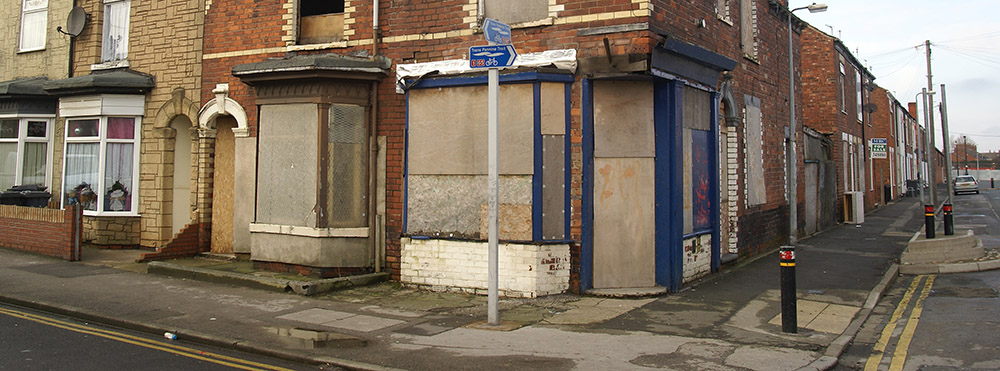
By Scott Hampel
Many challenges face healthcare’s underserved. There are issues with food, housing, reliable transportation, steady employment and more.
Each contributes to and is one element of social determinants of health (SDH). In communities around the world, public and private organizations are taking steps to address SDH-related issues and challenges that negatively impact healthcare.
For the healthcare industry to find its way to new and innovative SDH programs and to identify those who may benefit, they must be found. While some organizations use referrals following face-to-face meetings with prospective program members, predictive analytics can be utilized to identify many potential enrollees quickly and efficiently, as well.
The data could come from a variety of healthcare or socioeconomic sources
“Analytical capabilities in healthcare can be used to identify patterns of care and discover associations from massive healthcare records, thus providing a broader view for evidence-based clinical practice,” according to an article published in Technological Forecasting & Social Change. “Healthcare analytical systems provide solutions that fill a growing need and allow healthcare organizations to parallel process large data volumes, manipulate real-time, or near real time data, and capture all patients’ visual data or medical records. In doing so, this analysis can identify previously unnoticed patterns in patients….”
Predictive analytics uses a large dataset and an algorithm to, in this instance, identify people who may benefit from help. The data could come from a variety of healthcare or socioeconomic sources, including healthcare facilities and community organizations, and might contain information about:
- Wellness
- Chronic conditions
- Food
- Transportation
- Billing codes
The nonprofit eHealth Initiative identified data as crucial to understanding SDOH. “The importance of SDOH data in contributing to the complete picture of individuals and communities cannot be underestimated,” according to the organization.
An issue, however, is the slow adoption of predictive analytics in the healthcare industry. “(R)ecent developments in data analytics also suggest barriers to change that might be more substantial in the health care field than in other parts of the economy,” according to an article published by Brookings. “Despite the immense promise of health analytics, the industry lags behind other major sectors in taking advantage of cutting-edge tools.”
Get our take on industry trends
Kick your revenue cycle into a new gear for the new year
Billions of dollars have been invested into electronic health records—and as we’ve said before, they’re great at what they do.…
Read on...The imperative of value-based care: How it’s going and where it’s headed
In the evolving landscape of healthcare, the transition to value-based care stands out as one of the most pivotal initiatives.…
Read on...5 FAQs about data fabric
Data fabric is a term that is growing in recognition throughout technology spaces, but most healthcare leaders still have questions…
Read on...Cheers to 30 more years!
MedeAnalytics recently celebrated 30 years of impact. In the spirit of celebration, our CEO Steve Grieco sat down with Andy…
Read on...


